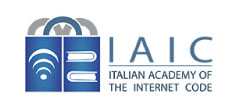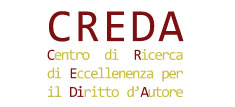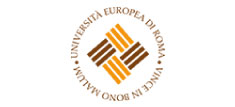di Giusella Finocchiaro e Laura Greco Sommario: 1. Premessa 2. Gli ostacoli; 2.1.…
The European eIDAS Regulation

1. Introduction di Giusella Finocchiaro Generally speaking it could be affirmed that legal obstacles to the complete digitalisation of processes have been removed, laws on electronic documents and on electronic signatures allow us to do anything in a digital form that we can do on paper[1]. However, in this scenario, the issue of online identification is more serious than ever, especially for the development of services requiring identity checks, such as particular services provided by public administration and certain banking services.
The real issue in this new phase of digitalisation concerning all services requiring verification of identity is how to authenticate someone’s identity. For instance, when opening a new bank account or sending an official request to one or another public administration office or taking part when tendering for public contracts.
Obviously, not all services online require verification of identity. Many electronic commerce services only require payments online and do not require verification of identity. In brief, in these cases, all that is required is a credit card and nothing else. But sometimes verification of identity is necessary: namely, for examples, in the case of asking for a credit card.
In order to solve this problem, the European Parliament adopted “European Regulation n. 910/2014 of the European Parliament and of the Council of 23rd July 2014 on electronic identification and trust services for electronic transactions in the internal market and repealing Directive 1999/93/EC”, published in the Official Journal of the European Union of 28th August 2014, L 257/73 (hereinafter the “eIDAS Regulation”, the “Regulation on Electronic Identification” or, simply, the “Regulation”)[2].
Il presente contributo è stato preventivamente sottoposto a referaggio anonimo affidato ad un componente del Comitato di Referee secondo il Regolamento adottato da questa Rivista.
[1] On an international level, the role played by the United Nations Commission on International Trade Law (Uncitral) is of crucial importance. On the subject see G. FINOCCHIARO, Il ruolo dell’Uncitral nello sviluppo della disciplina sul commercio elettronico, in G. Finocchiaro – F. Delfini (edited by), Diritto dell’Informatica, Utet, Torino, 2014, p. 64 ss.
[2] For an Italian comment on the eIDAS Regulation, see G. FINOCCHIARO, Una prima lettura del reg. UE n. 910/2014 (c.d. eIDAS): identificazione on line, firme elettroniche e servizi fiduciari, in Le nuove leggi civili commentate, 2015, n. 3, p. 426; in the European scenario, see also D. GOBERT, Le règlement européen du 23 juillet 2014 sur l’identification électronique et les services de confiance (eIDAS): analyse approfondie, February 2015, article published on the website www.droit-technologie.org, accessed on the 29th of April 2016 and, of the same author, Le règlement européen du 23 juillet 2014 sur l’identification électronique et les services de confiance (eIDAS): évolution ou révolution?, in Revue du Droit des Technologies de l’Information, 2014, n. 45, pp. 27-51.
La versione integrale del contributo è disponibile gratuitamente sul Quaderno di Diritto Mercato Tecnologia 2016 n. 1 (clicca qui)








